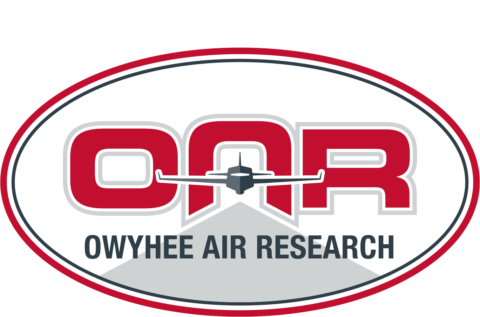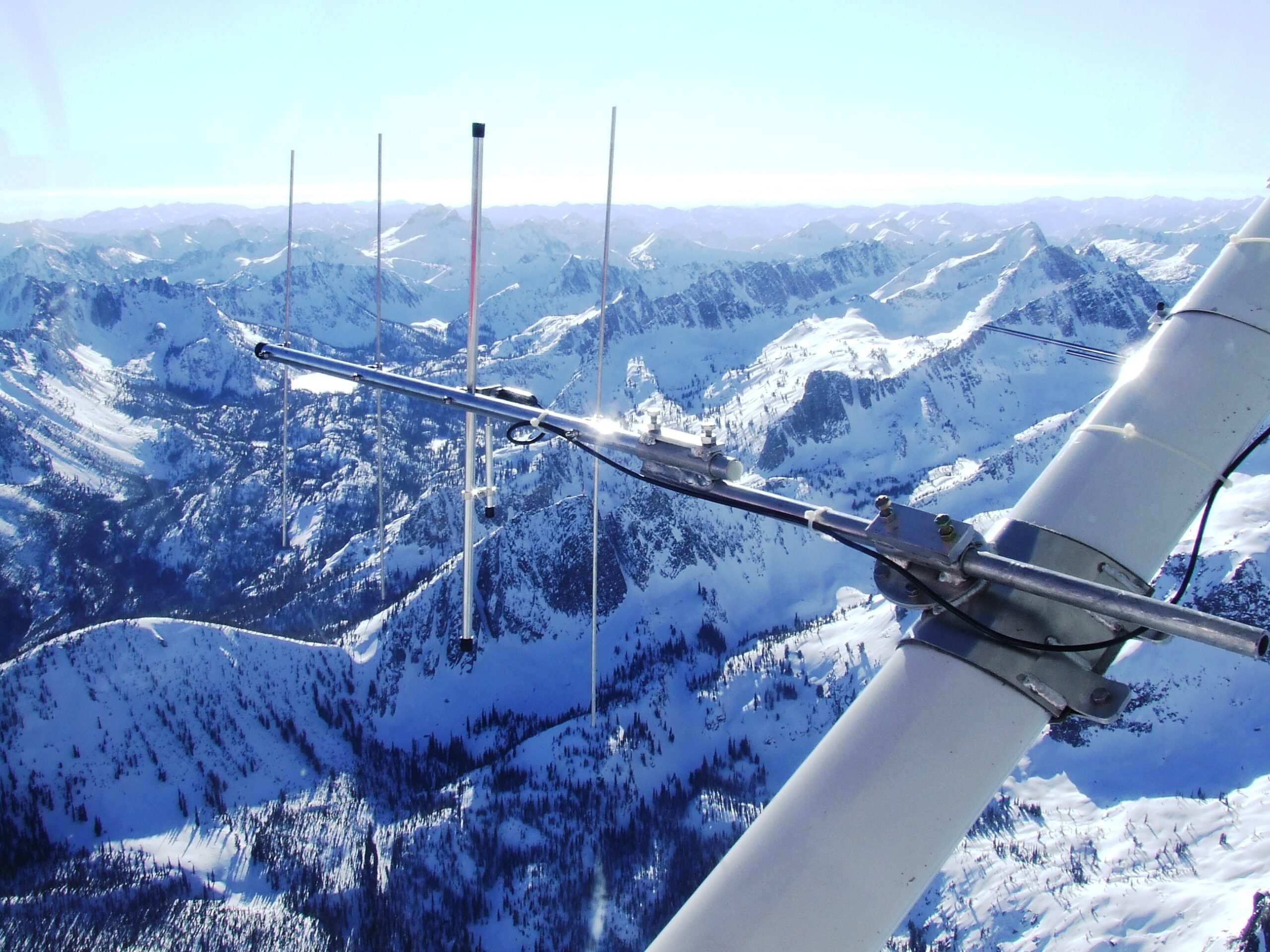AIR Wildlife Surveys
In partnership with various state and federal agencies, our team pioneered the practice of utilizing aerial infrared (AIR) for wildlife surveys – which have been detailed in numerous peer-reviewed professional publications.
With our extensive expertise in aerial data collection, our team focuses on answering the specific scientific questions at hand to meet project requirements as efficiently as possible.
We pride ourselves on obtaining excellence in natural resource data acquisition within project scope, on time, and within established budgets. Wildlife survey insights can include:
- Geographic population census
- Classification
- Migration monitoring
- Neonate detection and monitoring
- Mark and recapture
- Winter habitat concentrations
* Survey protocols are species and habitat-specific
Visible Spectrum vs. Aerial Infrared
See how infrared imagery makes spotting Alaska sea otters easier — just slide to reveal!
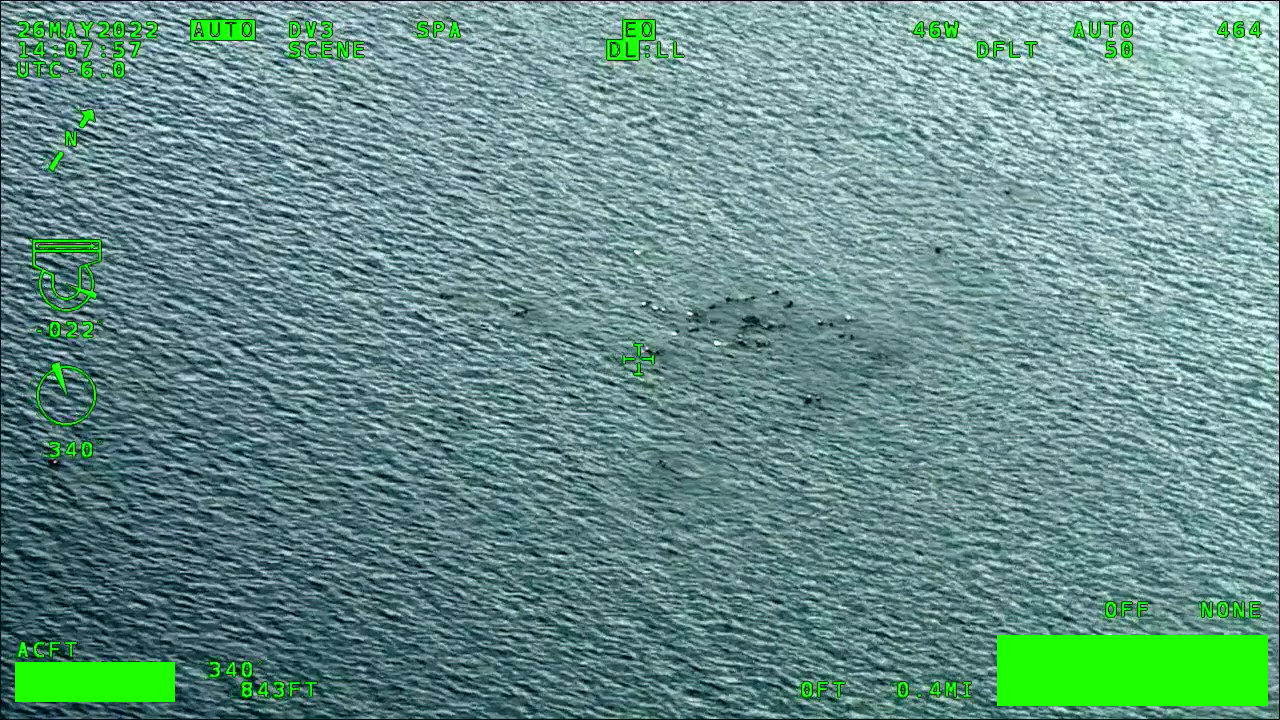
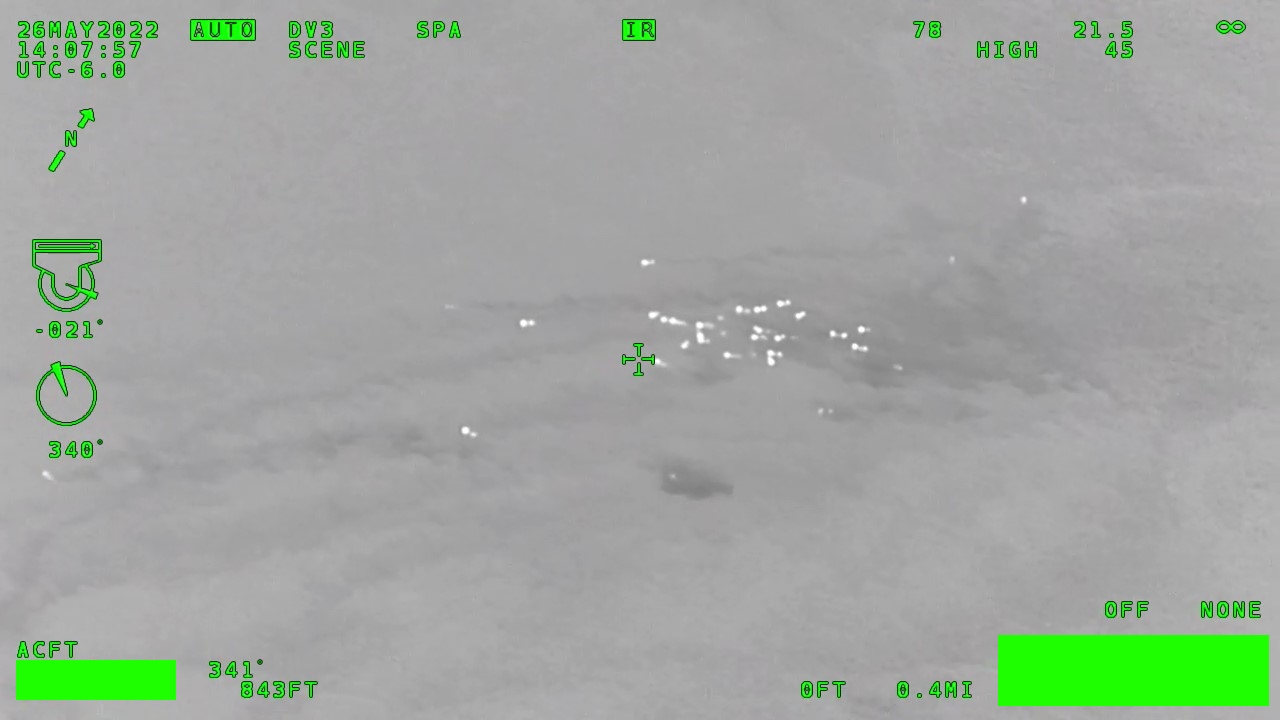
We pioneered aerial infrared wildlife surveys.
Avian Surveys
OAR pioneered the use of aerial infrared imaging (AIR) detection surveys and population censuses for numerous avian upland game species, including the Greater Sage-grouse (Centrocercus urophasianus). These methods provide the most accurate, most defensible, and least invasive population data for this species of great concern across 6 states within the Great Basin and counting.
The video shown was taken from around a mile above the ground thus reducing risk of disturbance to the performing males.
Wild Horse and Burro Census
OAR has a documented detection rate of over 95% for AIR surveys of wild horses and burros across the western US. Through our high altitude, EO/IR combination-sensor surveys and our Augmented Reality System, individuals, foals, and specific herd compositions can be identified, eliminating double counting and herd spooking, and creating the most efficient surveys possible.
Wild Horse and Burro Census
OAR has a documented detection rate of over 95% for AIR surveys of wild horses and burros across the western US. Through our high altitude, EO/IR combination-sensor surveys and our Augmented Reality System, individuals, foals, and specific herd compositions can be identified, eliminating double counting and herd spooking, and creating the most efficient surveys possible.
Polar Bear Den Detection
Non-invasive, large-scale surveys across the Arctic Coast provide high-resolution, real-time information about polar bear denning behaviors across northern Alaska and the Arctic National Wildlife Refuge (ANWR). These den detections provide valuable information for northern industries, as well as inform conservation efforts through partnerships with the US Fish and Wildlife Service.
Telemetry
OAR can use telemetry in tandem with aerial infrared to track wildlife ranging from deer, elk, bears, and wolves to grouse, ravens, murrelets, and beavers. This is particularly effective for neonate surveys in which mothers are collared but juveniles are not. Telemetry paired with AIR is also helpful when using a collared individual to find and quantify a larger herd.
Telemetry
OAR can use telemetry in tandem with aerial infrared to track wildlife ranging from deer, elk, bears, and wolves to grouse, ravens, murrelets, and beavers. This is particularly effective for neonate surveys in which mothers are collared but juveniles are not. Telemetry paired with AIR is also helpful when using a collared individual to find and quantify a larger herd.
Game Surveys
Whether it is winter concentrations, migration tracking, or census of geographically distinct populations, OAR has developed customized survey protocols for over 28 species and counting including deer, bison, bighorn sheep, elk, pronghorn, raptors, moose, and bears. Click the dots to see more examples.
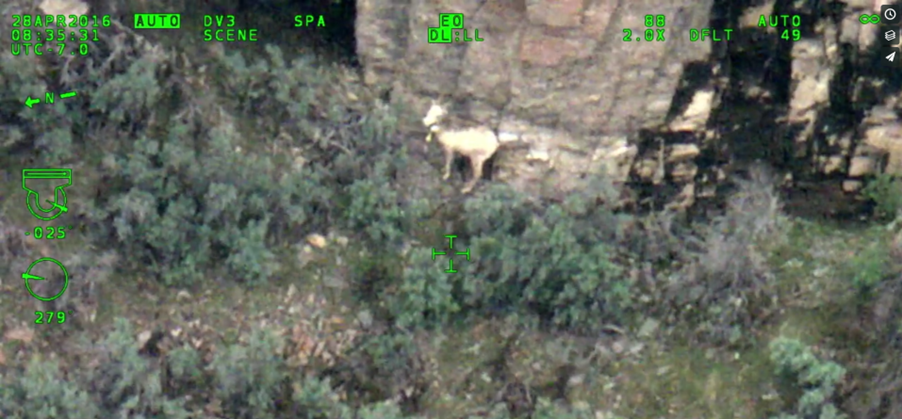
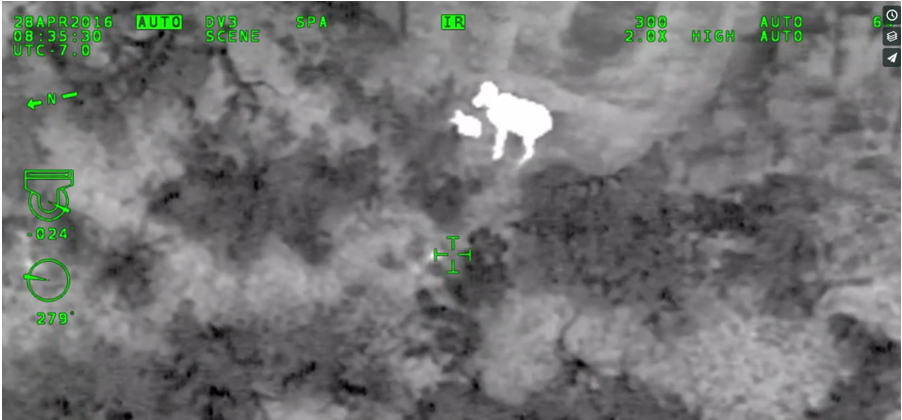
Neonates
Telemetry and individual identification come together in a sophisticated symphony of remote sensing of newborn wildlife. OAR can find individual females and confirm reproductive status (given birth or not), and provide location data directly to boots on the ground for monitoring.
Neonates
Telemetry and individual identification come together in a sophisticated symphony of remote sensing of newborn wildlife. OAR can find individual females and confirm reproductive status (given birth or not), and provide location data directly to boots on the ground for monitoring.


